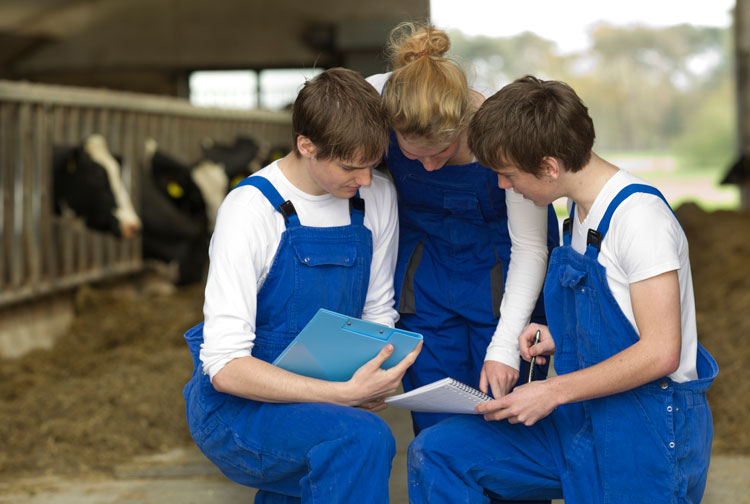
“Over my career, I have accumulated lots of solutions,” veterinarian Paul Rapnicki said as an introduction to his presentation at the Leading Dairy Producers Conference in Wisconsin Dells, Wis.
In order to apply any solutions however, the problem must accurately be identified. That was the crux of the presentation given by Rapnicki who serves as a cattle technical consultant for Elanco.
“Problem solving is based on the scientific method,” said Rapnicki. “When you become involved in real problem solving, you learn that not every problem has been solved before.”
He shared the six steps of the scientific method applying them to farm problem solving.
- Make an observation. “Go to the place where the problem occurs, then you can observe firsthand what is going on, talk with the front line, and clarify what’s happening,” Rapnicki said.
- Ask a question. Something like, “What did I see there?”
- Make a hypothesis. “Formulate a problem statement,” he said. “Make a succinct and measurable statement of what is actually happening compared to what should be happening.”
- Conduct an experiment. This is the part where you introduce solutions. Pick something that can be measured and tracked for success.
- Draw conclusions. Measure the success of the solutions you implement.
- Report your results. Tell others what you found.
Sometimes it’s easy to identify the problem, but other times it is not. Rapnicki said the most important time spent in problem solving is done so in that time where the problem is identified and the problem statement is written.
“Be specific and focused on only one problem,” he said. “Keep it short and explain it in only one to two sentences. Do not imply the solution.”
In times of tight financials, the best dairy producers identify problems and inefficiencies before applying solutions.







